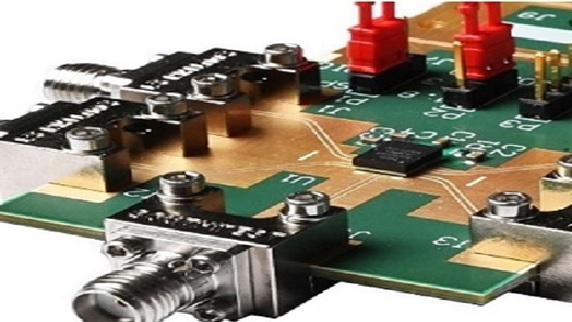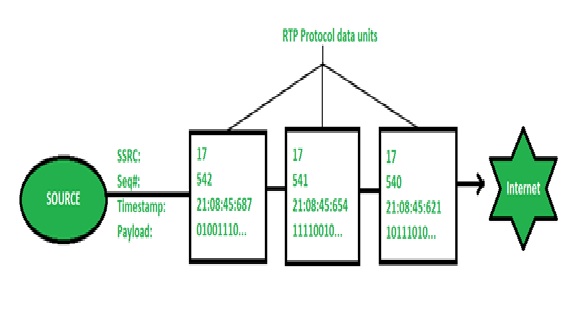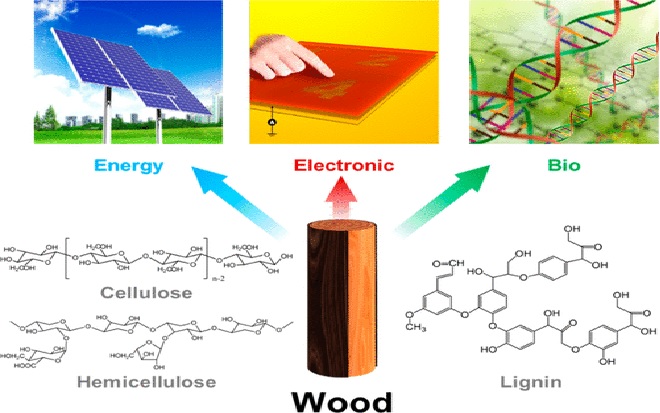Wi-Fi 7 and will it replace wired Ethernet
New Wi-Fi standards appear in such rapid succession that it’s often difficult to evaluate the differences between Wi-Fi 5, Wi-Fi 6, and Wi-Fi 6E—all of which are standards adopted in commercial products. And now there’s Wi-Fi 7.
Chinese networking-equipment vendor H3C has released what it says is a Wi-Fi 7 router even though the Wi-Fi 7 standard isn’t expected to be finalized until 2024.

Figure 1. Wi-Fi 7 and will it replace wired Ethernet
Figure 1 shows Wi-Fi 7, or 802.11be, is the next Wi-Fi standard being worked on by the Institute of Electrical and Electronics Engineers, which promises speeds of a whopping 46Gbps, nearly five times faster than Wi-Fi 6, as well as reduced latency. Wi-Fi 7 (also known as Extremely High Throughput) is expected to provide higher spectrum efficiency, higher energy efficiency, better interference mitigation, higher capacity density and higher cost efficiency.
Wi-Fi 7 will be faster, support more connections, and be more adaptive to maintain reliable low latency performance. These benefits will help deliver high-quality video and better cloud gaming, and they will serve AR and VR applications that require high throughput and low latency. Wi-Fi 7 also tackles congestion and interference, bringing tangible benefits to areas with densely packed devices or neighboring networks that overlap. The latter is most significant for the enterprise and larger venues.
Wi-Fi 7 is the next generation of internet connection and it is currently in development. It is based on the 802.11be draft, though it has not been approved yet by the FCC.
Looking back to Wi-Fi 6, or 802.11be, it can help mitigate issues that come when multiple devices are on a single Wi-Fi network as it allows the routers to communicate with more devices at once.
Wi-Fi 6 also allows for a maximum output of 9.6Gbps (gigabits-per-second), which was a speed improvement over Wi-Fi 5, though the main goal was to improve the connection over multiple connected devices.
Wi-Fi 7, meanwhile, could potentially make Ethernet cables obsolete for some homeowners and some professionals, as it will theoretically support bandwidth speeds of up to 30Gbps, which is a massive improvement compared to Wi-Fi 6. As a rule a higher gigabit-per-second speed will let networks move more information between devices faster.
References:
- https://www.networkworld.com/article/3666691/what-is-wi-fi-7-and-will-it-replace-wired-ethernet.html
- https://newstechok.com/what-is-wi-fi-7-and-will-it-replace-wired-ethernet/65296/
- https://www.wired.com/story/what-is-wi-fi-7/
- https://www.trustedreviews.com/explainer/what-is-wi-fi-7-4224791
Cite this article:
Thanusri swetha J (2022), Wi-Fi 7 and will it replace wired Ethernet, AnatechMaz, pp.73















